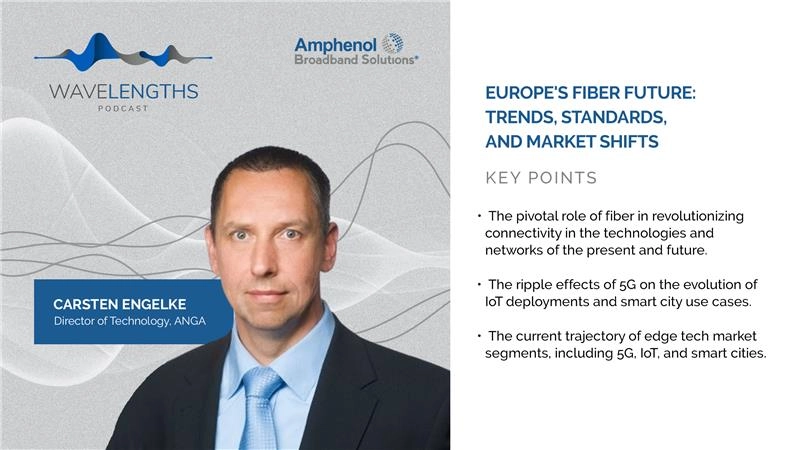The Future of Retail eCommerce with iPickup
The retail landscape is being reshaped, transitioning from traditional brick-and-mortar stores into burgeoning logistics and fulfillment centers. This revolution, brought about by innovative logistics tech companies like Position Imaging, is transforming the way retailers deliver products, ushering in unprecedented benefits for both retailers and customers. Here’s how this remarkable hybrid solution is playing out.
Cost Efficiency Through Proximity
In a rapidly evolving retail environment, one of the critical pieces of the puzzle is the geographical location of fulfillment centers. The closer a product is to the customer, the lower the shipping costs incurred. Moreover, as products are shipped to retail stores (the new mini fulfillment centers), customers can choose to pick up their purchases rather than wait for home delivery. This not only reduces shipping costs for retailers but also enhances the security and convenience for customers. Furthermore, these pick-ups often lead to additional customer purchases, enhancing the retailer’s revenue.
Driving Footfall: The Balance of In-Store and Online Purchases
Another significant aspect the mini fulfillment centers address is the concern regarding the decreasing footfall in retail locations due to online shopping. While online purchases are inevitable and growing, there will always be a segment of the customer base that prefers to physically visit stores. The challenge retailers face is finding a balance between these two customer purchasing habits. Transitioning retail locations into mini-fulfillment centers successfully addresses this issue.
It’s a Win-Win Situation
The relationship between retail locations functioning as mini fulfillment centers and boosting in-store traffic is symbiotic. Not only are customers provided with a convenient product pick-up option, but retailers also benefit from increased footfall and the opportunity to influence additional sales. All these factors combine to enhance customer satisfaction and increase retail sales simultaneously.
To sum it up, the retail ecosystem is adapting and evolving, continually finding ways to deliver increased value to consumers and navigate the intertwined paths of online and in-store purchases. The transformation of retail stores into mini fulfillment centers is one such innovative solution, redefining the retail experience for customers and boosting profitability for retailers. As we move forward, we can expect more such inventive solutions to emerge, further revolutionizing the retail industry.




